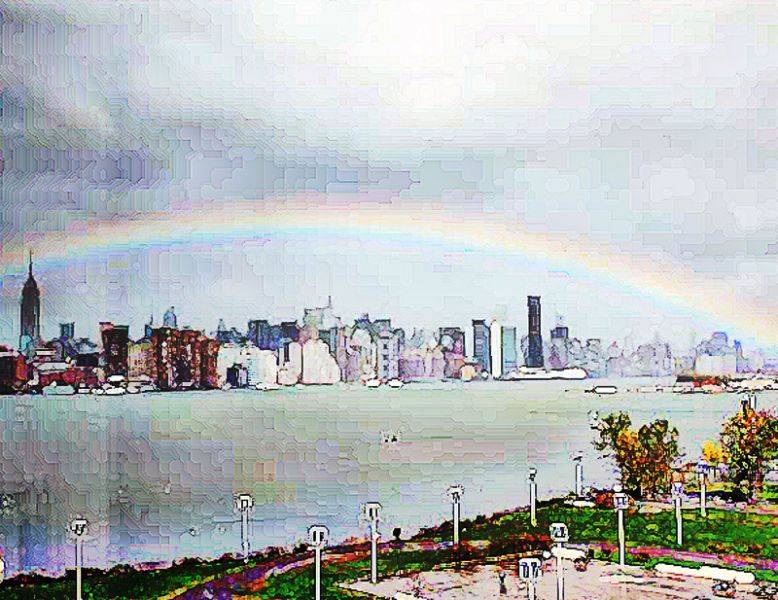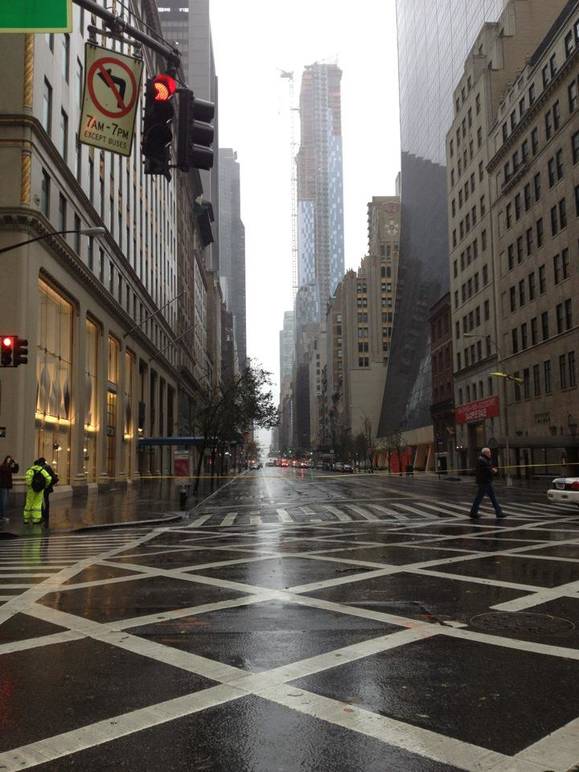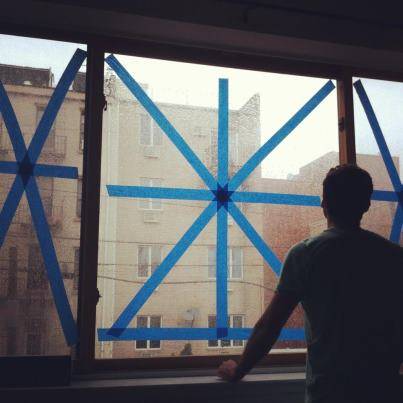Sandy & New York Italians
It happens very rarely. It is something that you see only if you leave your country and go abroad, far away from your reality and your old life. It is different and scary, especially if you are not used to it. This is the way Italians, and some Italian-Americans, felt when Sandy hit the city.
It was described as “very serious” by Obama even before its coming, yet it confirmed everybody's worst fears when it reached New York City. Almost three million Italians and Italian-Americans were right in the middle of it.
Picture this: a few hours before the storm, the streets are empty. Cabs, buses and the usual rush leave the place to something else: desolation. New York looks like a town of nobody, a ghost town nobody lives in. There are only few people on the streets, mostly driven by the curiosity to see the “capital of the world” completely abandoned to itself.
Authorities ask everyone to stay at home and most of the people remain in their houses hoping to experience something similar to Irene, the storm that provoked more fears than damages last year.
But Sandy is coming closer, and the wind speeds up shaking trees and cranes. People stay indoors, and Italians start recalling memories from their childhood and their mother country. In one night, Facebook connects every Italian in town.
Italians try to comfort those back in Italy and start exchanging plans, fears and recipes for the night. Some prepare pasta, some others arancini and ravioli. It is a way to travel back home for a few hours, to go back to a country that is not waiting for Sandy.
The wind speeds up some more, while the Hudson River starts flooding Lower Manhattan: from the Financial District, to the East Village and parts of Brooklyn. Battery Park and the surrounding subways are underwater.
And suddenly, the City that never sleeps is turned off. All its lights go off gradually, from south to north. Few areas have electricity, and for those living in those parts, it is a once in a lifetime view. There is darkness all around.
On social media, people upload videos and photos of what they are witnessing: fallen trees, uncovered houses, furniture piled up and water, a lot of water. They write their experiences hoping to find some comfort in a “cold” social network inhabited by real people who are dealing with the same situation.
As the hours pass, the wind starts to calm down. Those who can, go out on the streets looking for an open market or simply to walk the dog. But a lot of others have no electricity or water, and they are forced to use everything they can, such as old radios, to communicate with others.
The night passes and so does Sandy. New York City wakes up flooded and devastated. The storm, which was described as the “worst in the history of New York” by mayor Bloomberg, seems gone. People leave their homes and taxis start to be back on the streets again.
Even the Italians try to get back to normality, with that spirit that characterizes them. Despite the damages, Sandy has been a way to remember old (culinary) traditions, the past and the country they left. And they are all ready to help if needed. Also with the help of Facebook.







































i-Italy
Facebook
Google+
This work may not be reproduced, in whole or in part, without prior written permission.
Questo lavoro non può essere riprodotto, in tutto o in parte, senza permesso scritto.